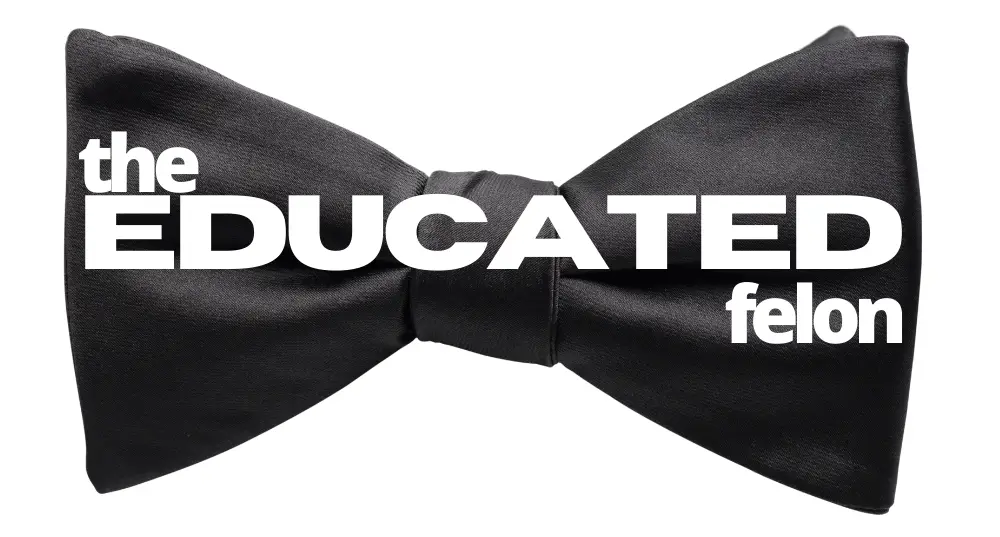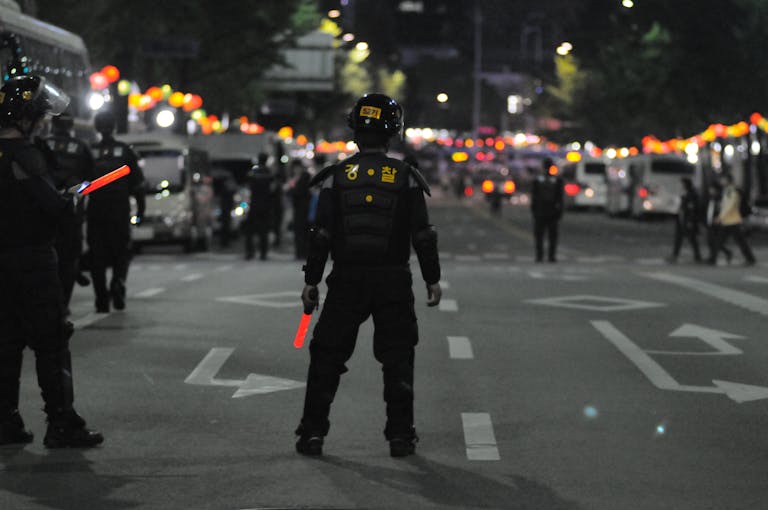Restorative Justice: A Shift in Crime and Punishment
Introduction: Rethinking the Criminal Justice System in the 21st Century
In an era where the traditional criminal justice system often falls short, restorative justice emerges as a promising alternative. This approach focuses on healing and reconciliation rather than punishment alone. Before we delve into restorative justice practices, consider these compelling statistics:
- Studies show that restorative justice measures can reduce recidivism rates by up to 35%.
- Victim satisfaction rates in restorative justice processes often exceed 85%, compared to 30% in the traditional justice system.
- Restorative practices have been found to reduce post-traumatic stress symptoms in victims by up to 30%.
- Over 30 countries have implemented some form of restorative justice principles in their legal systems.
Let’s explore how this innovative approach is reshaping our understanding of justice and community healing.
What is Restorative Justice?
Restorative justice is an approach to the criminal justice process that focuses on the rehabilitation of offenders through reconciliation with victims and the community at large. Unlike retributive justice, which emphasizes punishment, restorative justice seeks to repair the harm caused by criminal behavior as the central focus.
What is the Definition of Restorative Justice?
Restorative justice is defined as a theory of justice that emphasizes repairing the harm caused by criminal behavior. It is best accomplished through cooperative processes that include all stakeholders – victims, offenders, and community members.
What is the Meaning of Restorative Justice?
The meaning of restorative justice goes beyond its definition. It represents a paradigm shift in how we view crime and punishment. Restorative justice sees crime as more than just breaking the law – it’s a violation of people and relationships. It seeks to address not just the crime, but its causes and consequences as a personal responsibility.
How Does Restorative Justice Work?
Restorative justice brings a structured process that involves multiple stages, each crucial for achieving a positive outcome. Let’s explore each step in detail:
| Stage | Description | Key Actions | Participants |
| 1. Identification of Harm | Recognizing the offense and its impact | – Report the incident<br>- Assess suitability for restorative process<br>- Initial contact with involved parties | – Victim<br>- Offender<br>- Law enforcement<br>- Restorative justice facilitator |
| 2. Preparation of Parties | Getting all participants ready for the process | – Explain the process to all parties<br>- Assess willingness to participate<br>- Address concerns and set expectations<br>- Prepare participants emotionally and practically | – Victim<br>- Offender<br>- Support persons<br>- Facilitator |
| 3. Facilitated Dialogue | The heart of the restorative process | – Create a safe, neutral environment<br>- Allow each party to share their experience<br>- Facilitate respectful communication<br>- Explore the impact of the offense<br>- Discuss needs and possible reparations | – Victim<br>- Offender<br>- Support persons<br>- Facilitator<br>- Community representatives (if applicable) |
| 4. Agreement on Actions | Collaborative decision-making on how to repair harm | – Brainstorm potential restorative actions<br>- Negotiate and agree on specific steps<br>- Document the agreement<br>- Ensure all parties understand their responsibilities | – All participants from the dialogue |
| 5. Follow-up and Support | Ensuring the agreement is fulfilled and providing ongoing support | – Monitor compliance with the agreement<br>- Provide support to both victim and offender<br>- Address any challenges that arise<br>- Evaluate the process and outcomes | – Facilitator<br>- Victim<br>- Offender<br>- Support services |
Now, let’s delve deeper into each stage:
- Identification of Harm: This initial stage involves recognizing that an offense has occurred and assessing whether the case is suitable for a restorative justice approach. Factors considered include the nature of the offense, the willingness of the parties to participate, and the potential for a positive outcome. Law enforcement or judicial authorities often make this initial assessment.
- Preparation of Parties: Thorough preparation is crucial for the success of the restorative process. The facilitator meets separately with the victim, offender, and any support persons to explain the process, address concerns, and set expectations. This stage may involve multiple meetings and can take several weeks, ensuring all participants are emotionally and practically prepared for the dialogue.
- Facilitated Dialogue: This is the core of the restorative justice process. In a safe, neutral environment, the victim and offender come together, often with support persons and sometimes community representatives. The facilitator guides the conversation, ensuring each person has the opportunity to speak and be heard. The victim shares the impact of the offense, while the offender listens and responds, often acknowledging responsibility. This dialogue aims to create understanding, express remorse, and begin the healing process.
- Agreement on Actions: Following the victim offender dialogue, participants collaboratively decide on actions to repair the harm caused. These might include:
- A verbal or written apology
- Financial restitution
- Community service
- Participation in rehabilitation programs
- Actions to directly benefit the victim or community The agreement is typically written down and signed by all parties, creating a sense of commitment and accountability.
- Follow-up and Support: The process doesn’t end with the agreement. Follow-up is essential to ensure the agreed-upon actions are carried out and to provide ongoing support to both the victim and offender. This might involve:
- Regular check-ins with a facilitator
- Connecting participants with support services (e.g., counseling, job training)
- Addressing any challenges in fulfilling the agreement
- Evaluating the long-term impact of the process
Throughout all stages, the principles of voluntary participation, confidentiality, and respect for all parties are paramount. The process is flexible and can be adapted to various contexts, from school disciplinary issues to serious criminal offenses.
It’s important to note that restorative justice is not a one-time event but a process that can have lasting impacts on all involved, potentially transforming relationships and communities.
Examples of Restorative Justice Practices in Action
- Youth Vandalism Case: In a small town, a group of teenagers vandalized a community center. Instead of facing traditional punishment, they participated in a restorative justice program. They met with community members, heard about the impact of their actions, and collectively agreed on a plan to repair the damage and contribute positively to the community.
- Domestic Violence Reconciliation: A couple involved in a domestic violence incident opted for a restorative justice approach. Through facilitated dialogues and counseling, they addressed the root causes of the violence, developed better communication skills, and created a safety plan. The offender took responsibility for their actions and worked to rebuild trust.
- Corporate Environmental Crime: A company found guilty of illegal waste dumping engaged in a restorative justice process with the affected community. They listened to residents’ concerns, agreed to clean up the contaminated areas, fund local environmental projects, and implement stricter internal regulations to prevent future incidents.
Frequently Asked Questions
- Q: Is restorative justice suitable for all types of crimes? A: While restorative justice can be applied to many situations, it’s typically most effective for non-violent crimes and when both the victim and offender are willing to participate.
- Q: Does restorative justice replace traditional criminal justice? A: Not necessarily. It often works alongside traditional systems, offering an alternative or complementary approach in suitable cases.
- Q: Can restorative justice re-traumatize victims? A: When properly implemented, restorative justice aims to empower victims. Participation is always voluntary, and thorough preparation is done to ensure victims feel safe and supported.
- Q: How does restorative justice benefit offenders? A: It allows for offender accountability, and to accept responsibility for their actions, understand the impact of their behavior, and take steps toward rehabilitation and reintegration into the community.
- Q: Is there evidence that restorative justice is effective? A: Yes, numerous studies have shown positive outcomes, including reduced recidivism rates, increased victim satisfaction, and improved community cohesion.
Conclusion: Embracing a Restorative Approach to Justice
Restorative approaches to justice offer a powerful alternative to traditional punitive approaches, focusing on healing, accountability, and community rebuilding.
As we’ve explored, this method can lead to reduced recidivism, increased victim satisfaction, and stronger communities.
If you’re involved in a legal situation where restorative justice might be applicable, it’s crucial to understand your options and rights.
[Need guidance on restorative justice processes? Our network of experienced attorneys specializes in alternative dispute resolution and restorative justice approaches. Connect with a legal expert who can help you navigate this transformative process.]Remember, restorative justice is about more than just resolving legal issues – it’s about healing wounds, rebuilding relationships, and creating a more just and compassionate society for all.







